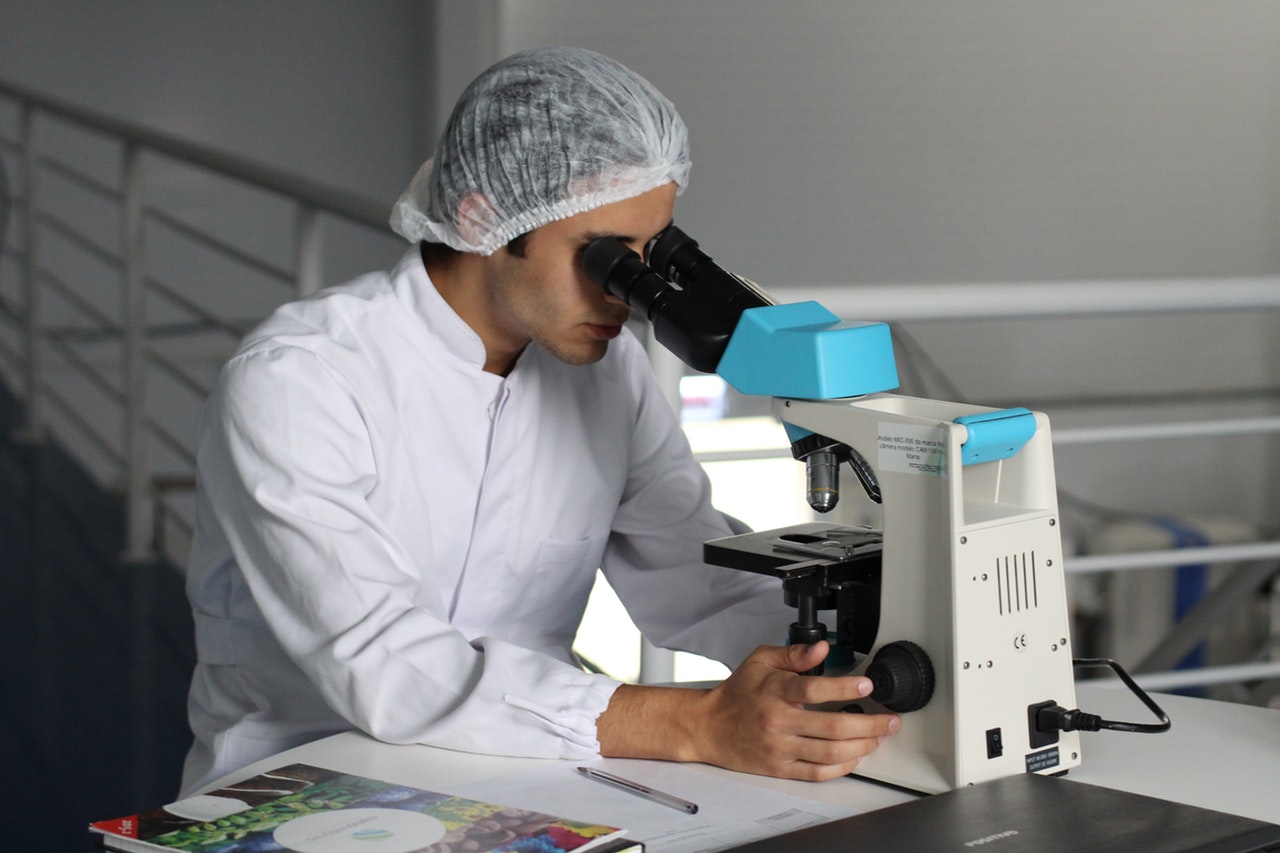Here at CocoTherapy, we're proud to produce the highest quality therapeutic-grade coconut oil on the market. But what exactly is therapeutic-grade coconut oil, and how is it different from other types of coconut oil found on store shelves?
In today's post we'll take a look at what therapeutic-grade coconut oil is. We'll also explore its unique health benefits and how it compares to other grades of coconut oil. Finally, we'll explain what makes CocoTherapy therapeutic-grade coconut oil stand out from the pack.
Comparing the Different Grades of Coconut Oil
There are three grades of coconut oil: cooking-grade, cosmetic-grade, and therapeutic-grade oils. In this section of the post, we'll take a brief look at each.
Cooking-Grade Coconut Oil
Cooking-grade coconut oil is commonly found in grocery and health food stores. It is for human consumption and can be used as an alternative to butter or vegetable oils. Depending on the brand, cooking-grade coconut oils have varying degrees of medium-chain fatty acids (MCFAs), specifically lauric acid. The average lauric acid content in these oils is typically 35%.
Many brands of cooking-grade coconut oil are a blend of virgin coconut oil and refined coconut oil. Refined coconut oil is also referred to as RBD (refined, bleached, and deodorized) oil. This means that it has been chemically processed to remove impurities. The chemical process RBD oils undergo removes their natural coconut flavor and smell.
Cooking-grade coconut oil remains solid at room temperature. It also has a longer shelf life and higher smoke point than many other types of fats. Because the oil is so stable, it is great for pan-frying, baking, roasting, and sautéing.
Cosmetic-Grade Coconut Oil
Cosmetic-grade coconut oil is used in products such as shampoos, soaps, lotions, lip balms, and other cosmetic products. Unlike cooking-grade coconut oil, it may not be suitable for human consumption.
Many cosmetic-grade coconut oils are fractionated. Fractionated coconut oil is made from regular coconut oil. It is created through a process that uses steam and pressure hydrolysis to break down the oil into free fatty acids and glycerol. In short, the oil is processed to remove the long-chain fatty acids. This leaves only the medium-chain fatty acids remaining. When processed, fractionated coconut oil has almost all of its lauric acid removed.
Fractionated coconut oil remains liquid at room temperature and is designed to be used topically. It is ideal for cosmetic products because it mixes easily with other ingredients and can be used as a carrier oil for essential oil blends.
Therapeutic-Grade Coconut Oil
Therapeutic-grade coconut oil is 100% unrefined or 100% virgin coconut oil. It has been tested to have the highest levels of medium chain fatty acids and the lowest moisture content.
The most important component in therapeutic-grade coconut oil is lauric acid. This is what gives it its therapeutic properties. CocoTherapy organic virgin coconut oil is a therapeutic-grade oil. It contains no less than 53% lauric acid – a much higher percentage than cooking-grade or cosmetic-grade coconut oils.
The value of lauric acid has been widely studied and has shown multiple health benefits. When the body metabolizes lauric acid, it is converted to monoglyceride monolaurin. Monoglyceride helps support healthy body functions. Dr. Mary Enig, a Ph.D. nutritionist/biochemist and one of the world's leading authorities on fats and oils, states:
"Lauric acid in coconut oil is formed into monoglyceride monolaurin in the human or animal body. Monolaurin is the antiviral, antibacterial, and antiprotozoal monoglyceride used by the human or animal to destroy lipid coated viruses such as HIV, herpes, cytomegalovirus, influenza, various pathogenic bacteria including listeria monocytogenes and helicobacter pylori, and protozoa such as giardia lamblia. Some studies have also shown some antimicrobial effects of lauric acid."
Therapeutic-grade coconut oil is used in the pharmaceutical and nutraceutical industries for health supplements, lauric acid pills, MCT supplements, drugs for Alzheimer’s patients, and as a source of MCTs for baby formulas and medical foods for GI patients.

The CocoTherapy Difference
Did you know that there are over 120 varieties of coconuts and more than a dozen ways to make coconut oil? It takes a year for a coconut to fully mature and contain all its nutrients. This is the best time to harvest a coconut.
Unfortunately, because of demand, some coconuts are harvested at 6 months of age or earlier. At this point, coconuts are not fully mature, nor do they contain all their nutrients. When coconut oil is made from immature coconuts, the nutritional value of the oil is not as rich compared to a mature coconut.
We harvest our coconuts when they are a year old, and fully mature. This means that when you purchase CocoTherapy therapeutic-grade coconut oil, you're guaranteed a product that's packed full of lauric acid and other beneficial nutrients.
Aside from harvesting our coconuts at the optimum time, there are numerous factors that influence the quality of our oil. Here are 10 more reasons to choose CocoTherapy therapeutic-grade coconut oil…
1) Our coconut oil contains a minimum of 53.28% lauric acid content. It also contains a high percentage of beneficial medium-chain fatty acids (lauric acid, caprylic acid, and capric acid), containing at least 64%.
2) Unlike other coconut oil facilities, all we do is coconuts. This means our facility is free of shellfish, nuts, wheat, and other allergens.
3) We grow 100% of our coconuts on our family-owned coconut farm. In fact, our family has been making coconut oil for three generations!
4) The quality of our coconuts is consistent from batch to batch.
5) Our facility is USDA-Certified Organic, and Non-GMO Verified, it’s also 100% Human-Grade.
6) CocoTherapy coconut oil is true cold pressed at temperatures that never exceed 100ᵒ F. Why is this important? True cold pressing yields an oil with LOWER moisture levels, and does not break down the triglycerides in the oil.
7) Our organic, non-GMO and non-hybrid coconuts are opened and used between four to eight hours after harvesting.
8) We ALWAYS use fresh coconuts and never copra (dried coconut flesh). Extracting coconut oil from copra is the most common way to mass-produce coconut oil as it produces more yield. However, coconut oil extracted from copra usually has a bland and oily taste.
9) Although the Philippine Government standards state that maximum moisture cannot be greater than 0.2%, our coconut oil has a moisture content of 0.06% or less, which is considered “excellent” in purity standards. Lower moisture content means a more stable oil that's less susceptible to oxidation, bacteria, and the breakdown of triglycerides into free fatty acids and glycerol.
10) Every batch of CocoTherapy coconut oil is assigned a LOT number and batch samples are sent to an independent lab to be tested for pathogens and contaminants before packaging. We then catalogue and keep multiple batch samples of oil produced in our plant for NO LESS than five (5) years to test for rancidity and purity.
Want to find out more about the CocoTherapy Difference? Check out our free handout.




